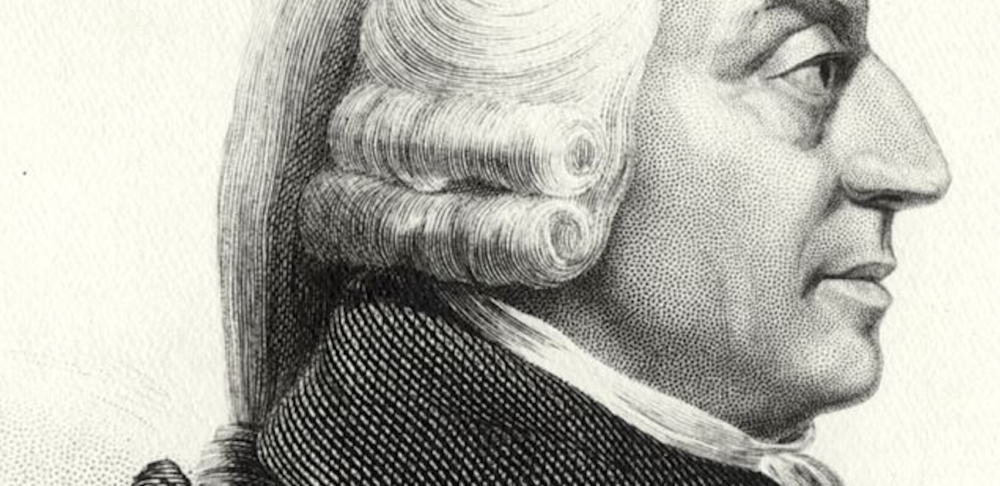Review of Shields of the Republic: The Triumph and Peril of America’s Alliances by Mira Rapp-Hooper (Harvard, 2020).
So often do critics pillory this country’s alliance system. And so often do their advocates fail to mount a compelling defense. Mira Rapp-Hooper takes up the challenge and does it with aplomb in Shields of the Republic (Harvard 2020). The field needs more people with prose like hers: technical enough to interest foreign policy specialists, yet not so overwrought that it alienates the lay reader. Rapp-Hooper’s book, which studies the United States’s treaty alliances in their entirety, argues that the system Washington created after the Second World War has been extraordinarily effective at deterring adversaries and protecting American interests. She also lays out a path for these alliances to survive and prosper in the years to come.
A key strength of Shields of the Republic lies in its favoring historical examples over theoretical abstractions. Unlike those who praise alliances by rote, Rapp-Hooper marshals evidence to demonstrate precisely that they have paid off. No wars of aggression have been launched against our treaty allies. We have had no major power clashes since the Korean War, when the United States’s failure to include South Korea within its security perimeter helped precipitate the conflict. NATO was instrumental in securing a “Europe whole and free,” while the pact with Japan turned a former enemy into a crucial economic and security partner. She also critically acknowledges where Washington has fallen short, such as in Greek-Turkish relations and France’s departure from NATO’s military command. But these blemishes are hardly evidence of disastrous U.S. foreign policy decisions as naysayers often claim. Alliances have kept the peace for a long time, and no nation has been better at them than the United States.
Thematically, Rapp-Hooper makes clear that the American alliance system has not been successful due to ideals. Washington has not made it a practice to make alliances out of charity. Defense treaties above all else serve our interests, namely by denying control of Eurasia to a hostile power and keeping those markets open to American capital and American firms. In the nascent years of the Cold War, the United States inked defense pacts with 23 nations in an attempt to hem in the Soviet Union and other Communist powers like China. The broader design of these agreements was twofold: to deter and contain the Eastern Bloc through bases overseas. Known as forward defense, this policy gave America tremendous offensive and defensive capabilities far from home. Alliances were built on strategic expediency, not liberal visions. So went the logic from the Fulda Gap to the First Island Chain.
But even the strongest alliances come under strain. After the Soviet Union dissolved in 1991, the founding logic of traditional defense pacts dissolved. The Clinton administration guided NATO toward reimagining its raison d’être as spreading democracy to the rest of Europe and beyond. [1] War in the Pacific was dismissed as unthinkable. As the sentiment on both those issues have flipped, Americans on the Left and Right have these days grown increasingly skeptical and wonder whether alliances are worth keeping around at all. They stress the costs in manpower and material. How come the United States has committed to defending so many other nations? Why not spend that money on domestic programs? What’s the point of tying our hands through all these security guarantees?
To those critics, Rapp-Hooper submits that the prospective costs of not having these alliances in the first place far outweigh whatever gains Washington could accrue by withdrawing from them. Put another way: a chunk of the book deals in counterfactuals, ruminating on what would have happened had the United States not signed all those defense treaties. American strategies not based on alliances, she writes, would have led to something far less desirable than the course history wound up taking. Seldom do specialists engage with these counterfactuals, and in so doing Rapp-Hooper weakens the case against alliances considerably.
Where we might save money on our military budget we would lose geopolitical influence. In the absence of American security guarantees, friendly countries today would feel vulnerable enough to seek accommodation with adversaries like China and Russia. We are already seeing the beginnings of this in Asia, where countries like Pakistan have become effective dependencies of Beijing, and in Europe, where Germany is plowing ahead with the Nord Stream 2 pipeline. Though her speculative case makes sense, she need not dwell on it. The hard evidence Rapp-Hooper provides of our alliances’ success is sufficient on its own. As for critics, it is on them to provide hard evidence of how alliances have outright failed us. This they often struggle to do.
These critics do make one good point: that looking to the past need not dictate what we do in the future. Many of our alliances might indeed be seen as anachronistic, since the threats to American interests today are not the same as those of six or seven decades ago. Rapp-Hooper has an answer here too. To meet the challenges of the present, we need reformed re-engagement. This means reinvigorating NATO in the face of a well-armed (but economically weak) Russia and shoring up alliances in Asia as China continues to seek hegemony there.
When it comes to the latter, which many see as the more important theater due to Beijing’s rising power and the enormous industrial capacity of countries nearby, Rapp-Hooper has several recommendations. These include recommitting to a First Island Chain defense strategy, promoting free and open markets in the face of Chinese expansionism, and assisting Southeast Asian countries in China’s soft underbelly. Rather than dispensing with alliances outright, the answer is updating them. It is still in the national interest to prevent China or Russia from controlling the Eurasian landmass’ resources. Continuing to do so at acceptable cost is worth it.
This book is a welcome one, especially given the pressure under which America’s alliances now find themselves. Though Rapp-Hooper’s implicit-and often explicit-target is Donald Trump, her book will be timely long after he fades from public life as voices in both parties demand a paring back of American commitments. Our alliances have been so successful that their advocates may be unsure how to make arguments for keeping them around. After reading Shields of the Republic, they’ll have all the evidence they need.
Daniel J. Samet is member of the AHS Chapter at The University of Texas at Austin, where he is a Ph.D. student in History. He holds an M.A. from The Hebrew University of Jerusalem and a B.A. magna cum laude from Davidson College.
Notes:
[1] M.E. Sarotte, “How to Enlarge NATO: The Debate inside the Clinton Administration, 1993–95,” International Security 2019, 7–41, https://direct.mit.edu/isec/article/44/1/7/12232/How-to-Enlarge-NATO-The-Debate-inside-the-Clinton
Image: “Profile of Adam Smith.”, by Protonk, retrieved from https://www.library.hbs.edu/hc/collections/kress/kress_img/adam_smith2.htm, image is in the public domain.
Your support is critical to our programming on college campuses and in cities across the country. Donate $50 and you will receive a printed copy of The Hamiltonian.



